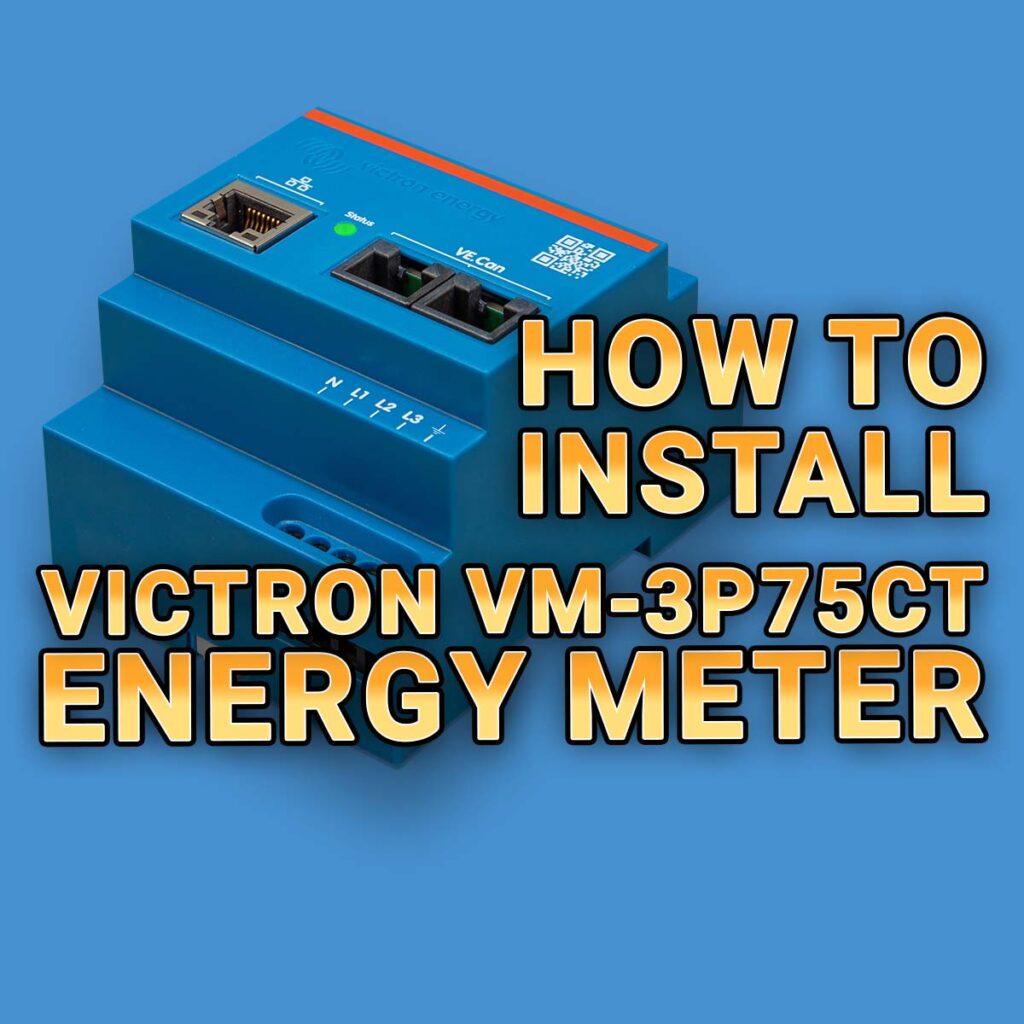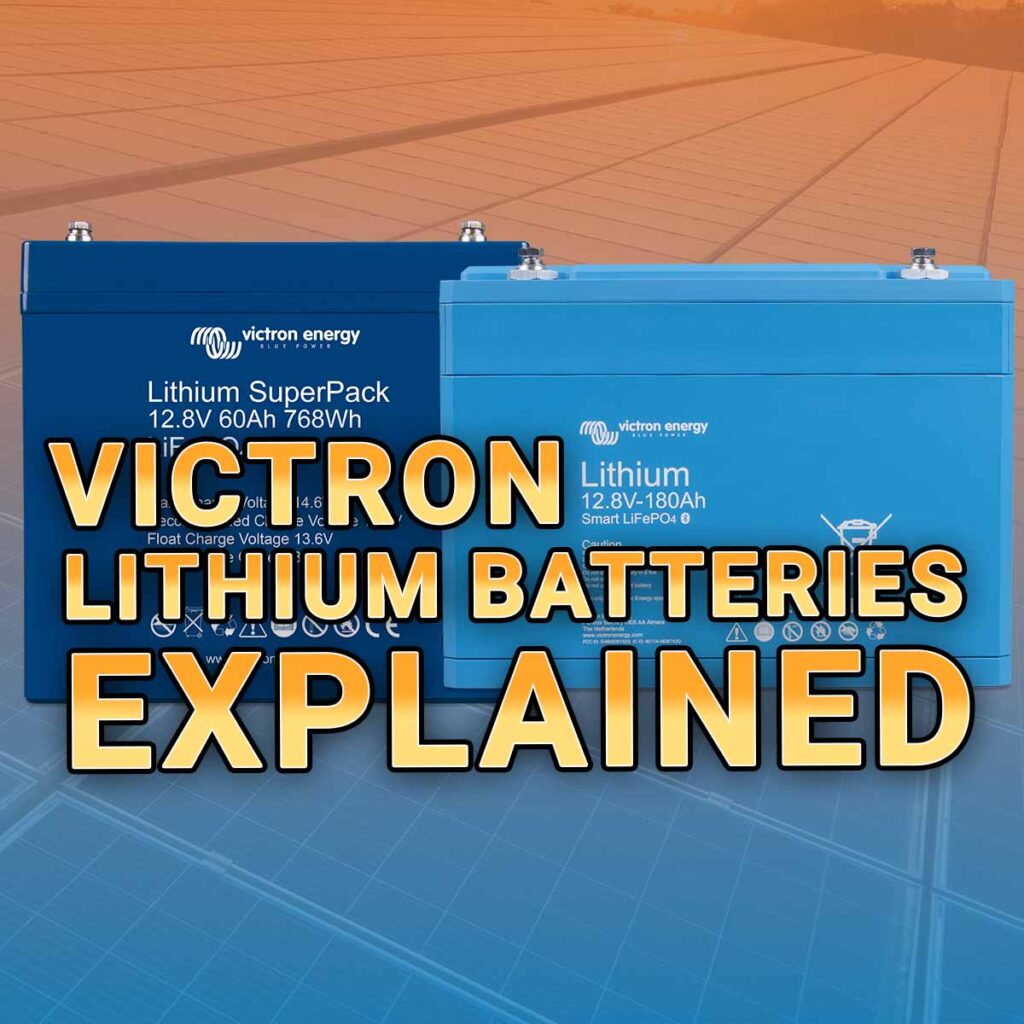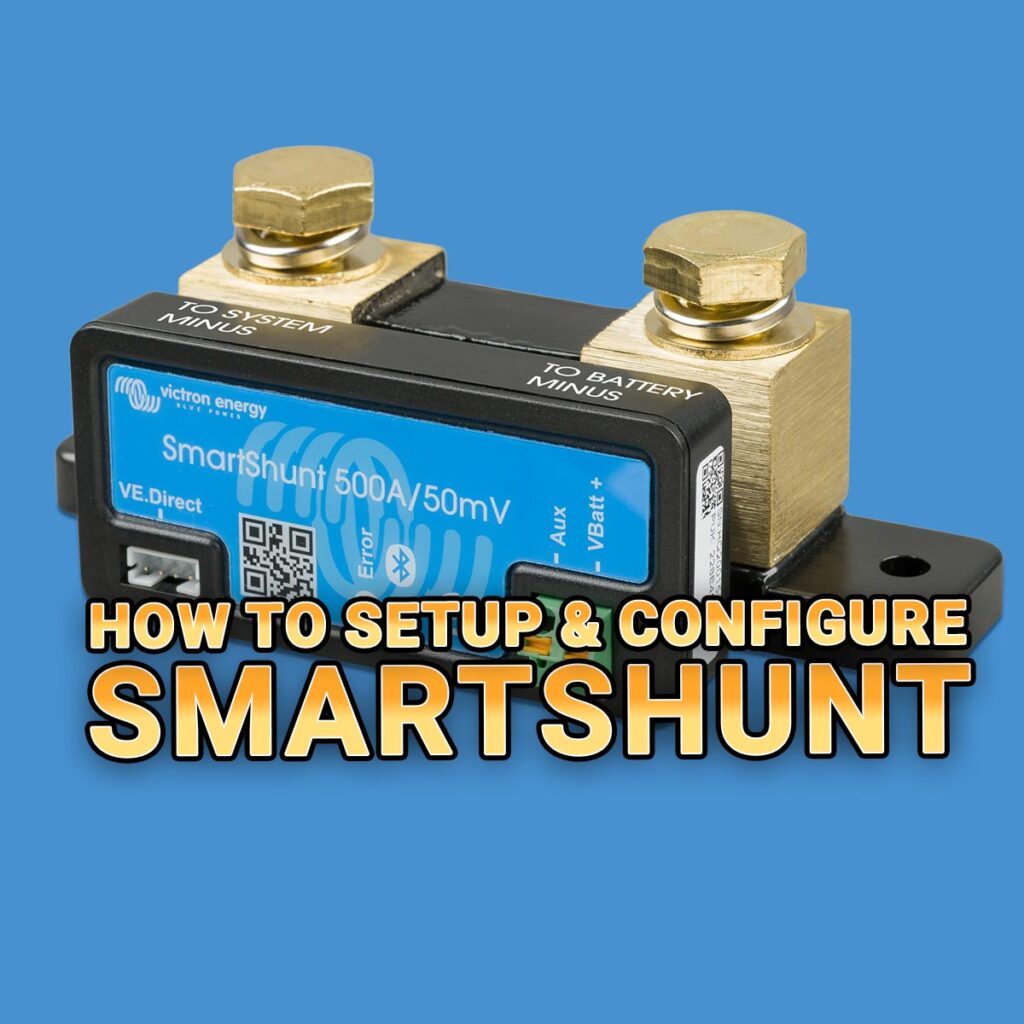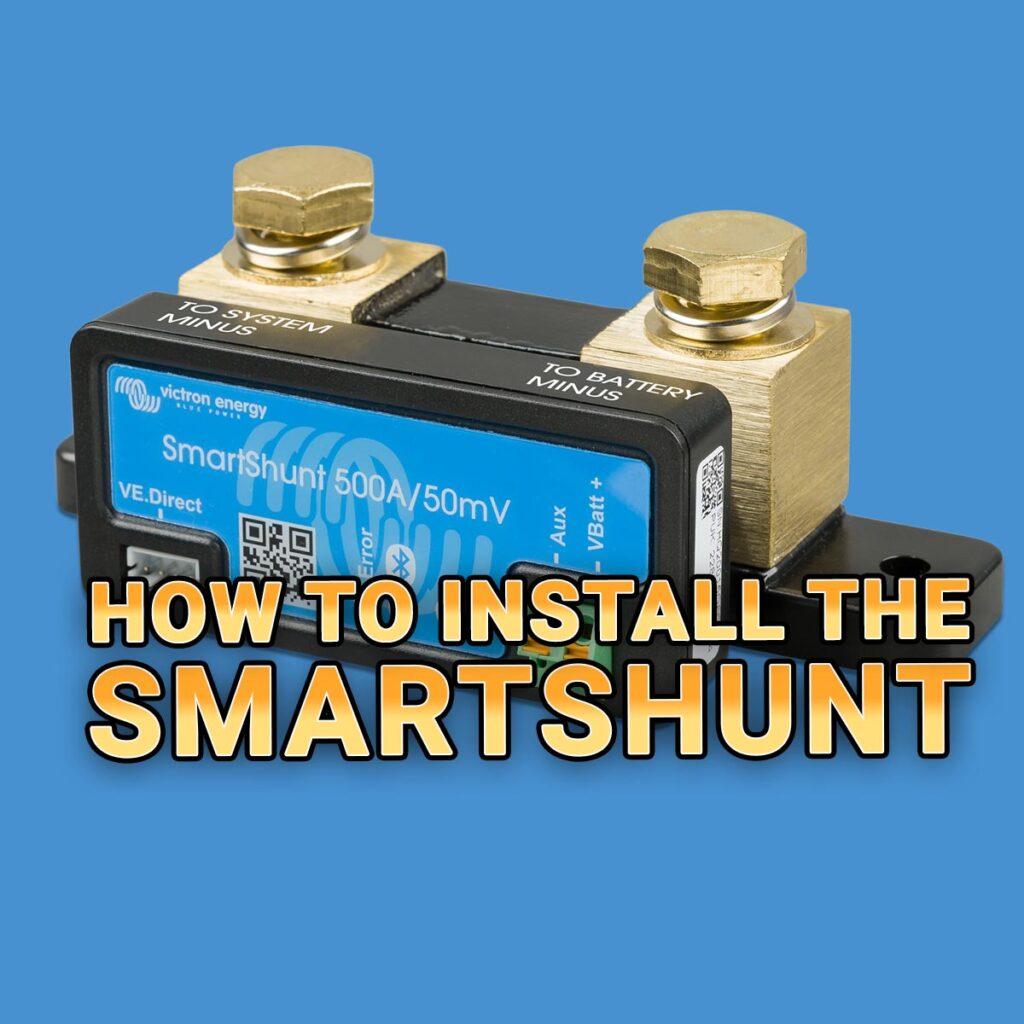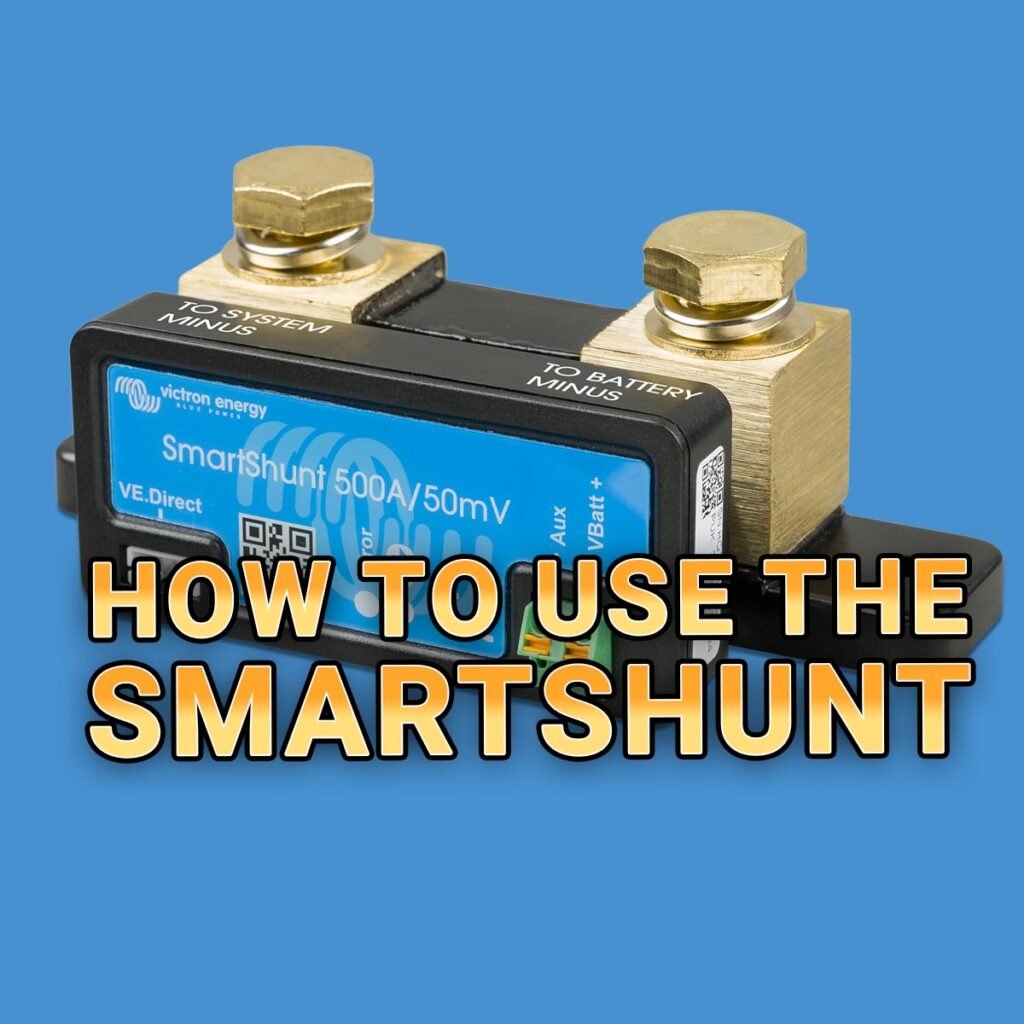Victron VEConfig – Grid Settings Tab Tutorial [UPDATED 2024]
Welcome to this comprehensive guide on the settings found in the Grid tab of the Victron VEConfigure software. It is essential to correctly configure these settings of your VE.Bus inverter charger, such as the Multiplus or Quattro device, so that it works in sync with the grid, as well as the loads and appliances downstream from the inverter.
Before continuing with this tutorial video, you’ll need to first have Victron VE Configuration tools downloaded and installed on your Windows computer.
From there, you will have to connect the Victron MK3 device between your inverter and computer, using a spare USB port as well as a certified UTP cable. If you haven’t downloaded and connected VE Config using an MK3 device, make sure to check out my previous two videos, in order to help you get this done, before continuing with this video.
Then, while not necessary, you can also watch my VEConfigure interface overview video to get better accustomed to its layout and top menu options. With all that said and done, let’s now take a deeper look at configuring VEConfigure.
Ensuring these settings are configured correctly is crucial for your system to work seamlessly with the grid, as well as with the loads and appliances downstream from the inverter.
In this video, we’ll start by diving into the Country Grid Code Standard. This setting ensures your inverter/charger complies with local grid regulations. Different countries have specific requirements for grid interaction, including how the inverter/charger detects and responds to the loss of grid connection, acceptable voltage and frequency levels, and ramp times. Selecting the correct grid code helps your system adhere to these local regulations, ensuring safe and legal operation.
Next, we’ll discuss the Transfer Switch, which is built into the inverter. This switch automatically changes the power source for connected loads. For instance, if your inverter is connected to both the grid and a battery, the Transfer Switch can automatically switch the load from the grid to the battery during a power outage, ensuring an uninterrupted power supply. This is crucial for maintaining power stability and protecting your connected devices.
We’ll also cover the Accept Wide Input Frequency Range setting. This feature adjusts the inverter/charger’s tolerance for variations in the AC input’s frequency. When activated, this setting allows the inverter/charger to operate with an input frequency range broader than the standard, specifically from 45Hz to 65Hz. This is particularly beneficial when using power sources like generators that may have less stable frequency outputs, preventing the inverter/charger from rejecting the input supply due to minor frequency deviations.
Additionally, the video will explain the AC Voltage Connection and Disconnection settings. These settings dictate the voltage thresholds at which the inverter/charger will accept or reject the AC power supply. We’ll go through the AC Low Voltage Disconnect and Connect settings, which determine the minimum voltage levels for the inverter to draw power from the AC source and reconnect after a disconnection due to low voltage. Similarly, the AC High Voltage Disconnect and Connect settings protect the system from overvoltage by defining the upper limits for accepting AC input and reconnecting after a high voltage event.
For example, when configuring these settings for a 230V electrical grid, you might set the AC Low Voltage Disconnect at 207V (10% below nominal voltage) and the AC High Voltage Disconnect at 253V (10% above nominal voltage). Reconnection thresholds could be set at a midpoint value, such as 219V for low voltage and 242V for high voltage. These settings help ensure your inverter maintains a stable and safe operation, protecting your devices from potential voltage issues.
Lastly, we’ll discuss the UPS Function setting. When enabled, the inverter/charger acts like an Uninterruptible Power Supply (UPS), becoming more critical of the incoming AC supply’s waveform. If the waveform is distorted beyond acceptable parameters, the inverter will switch to battery power to maintain a clean power supply to the connected loads. This is crucial for protecting sensitive electronics. If you disable the UPS Function, the inverter becomes less sensitive to waveform distortions, which can be useful when using generators that produce less stable waveforms or when starting heavy loads that require significant inrush currents.
By the end of this tutorial, you will have a thorough understanding of how to configure the Grid settings in Victron VEConfigure to optimize performance, ensure compliance with local regulations, and protect your connected devices. Follow along to master these settings and ensure your Victron inverter charger operates efficiently and safely.

